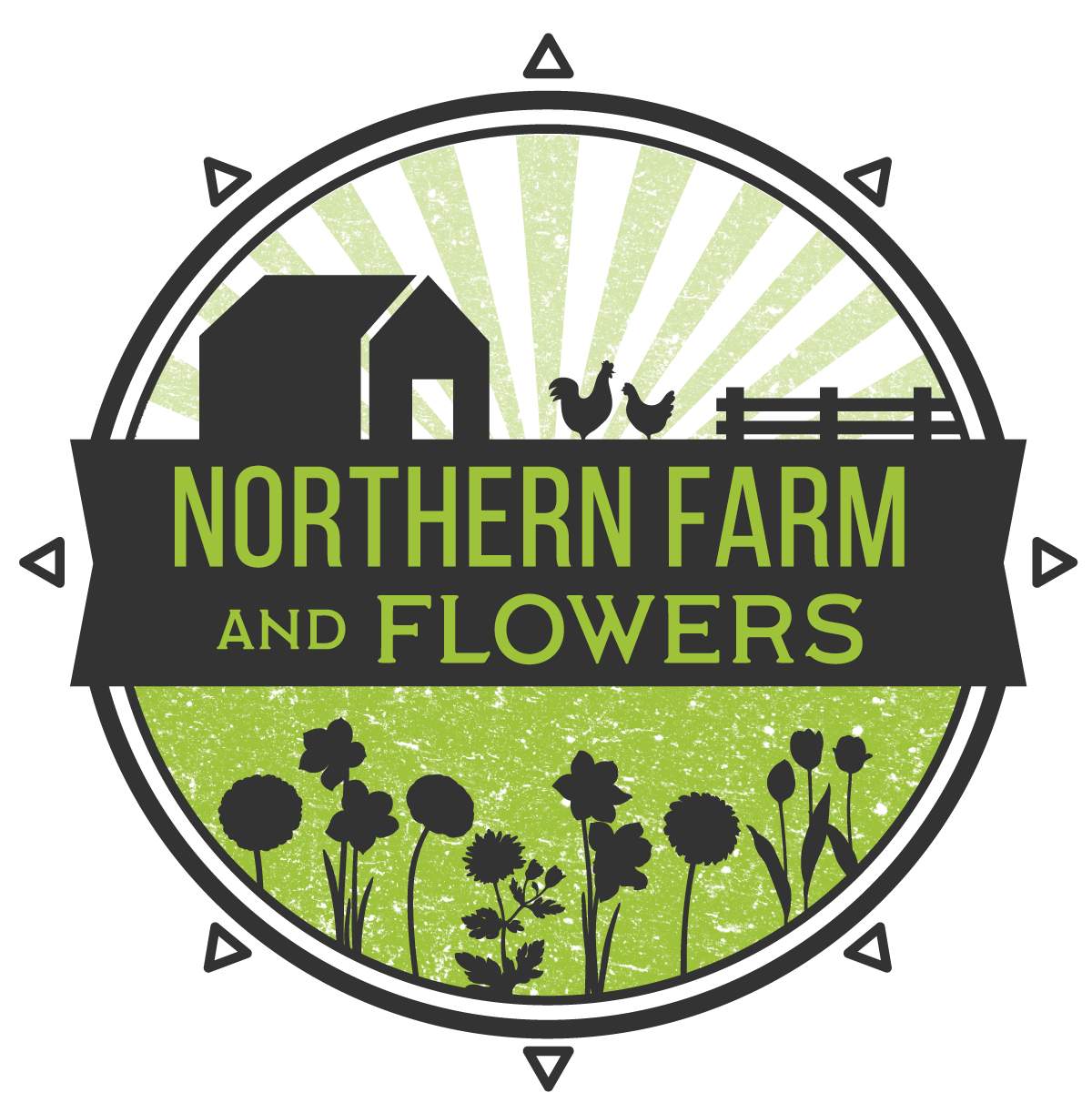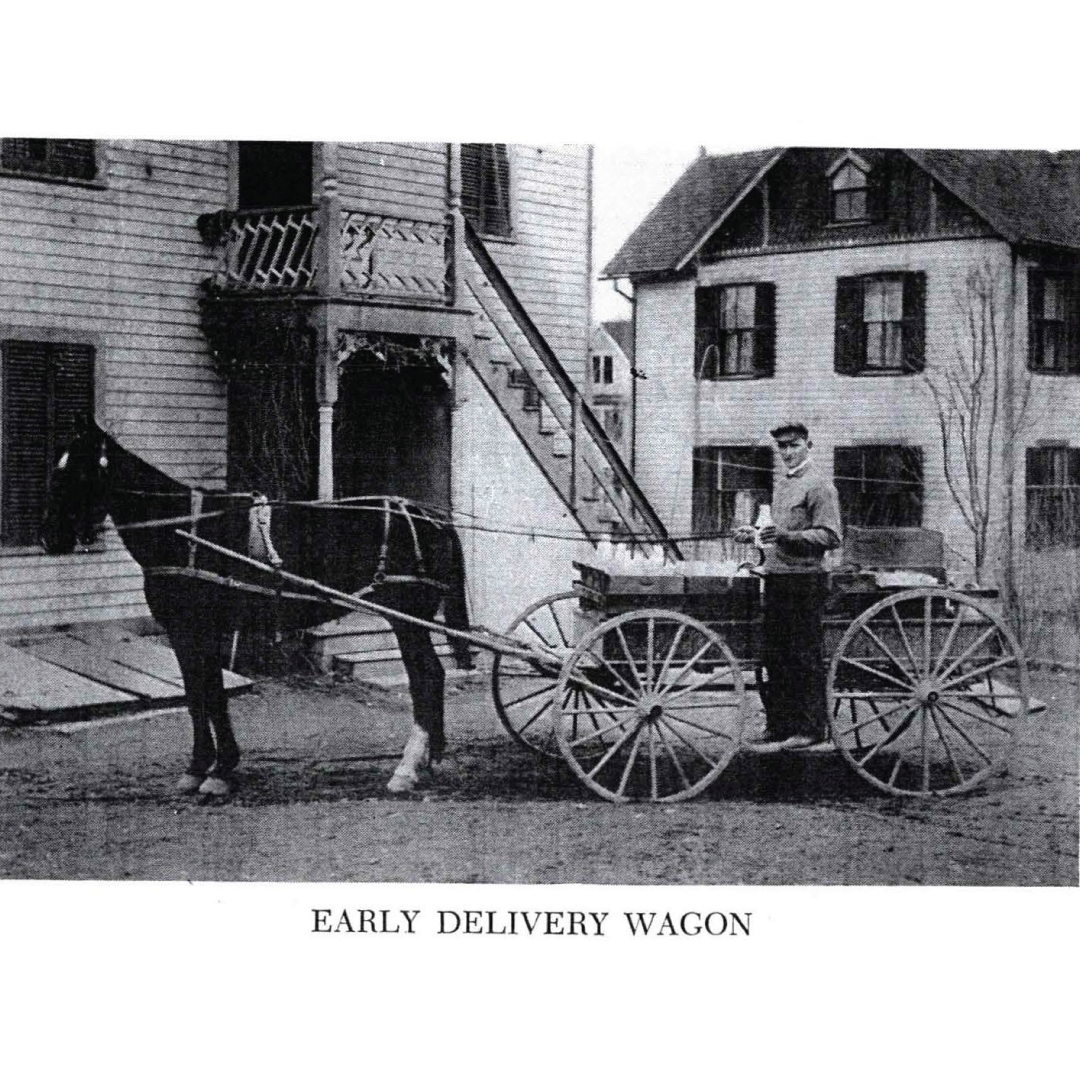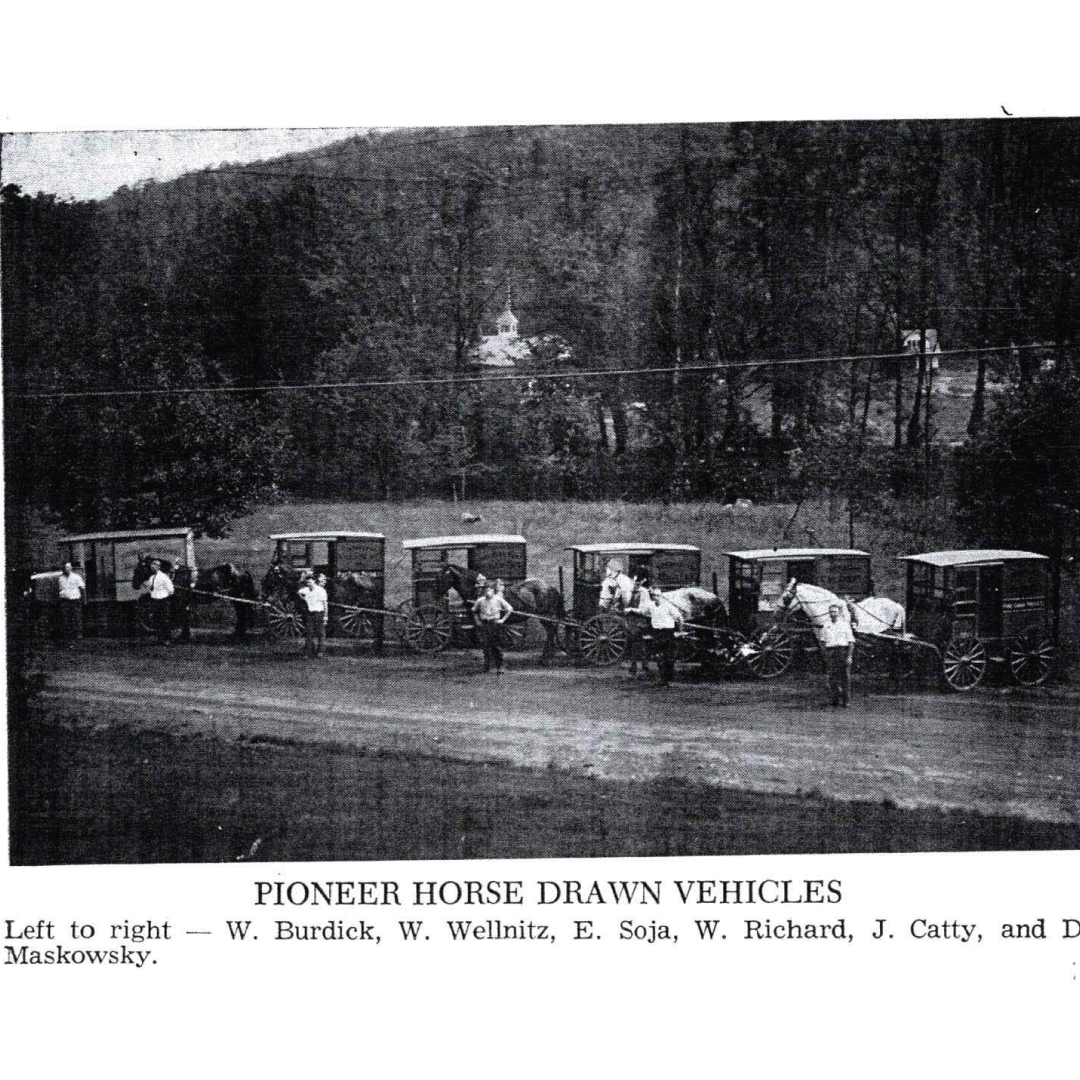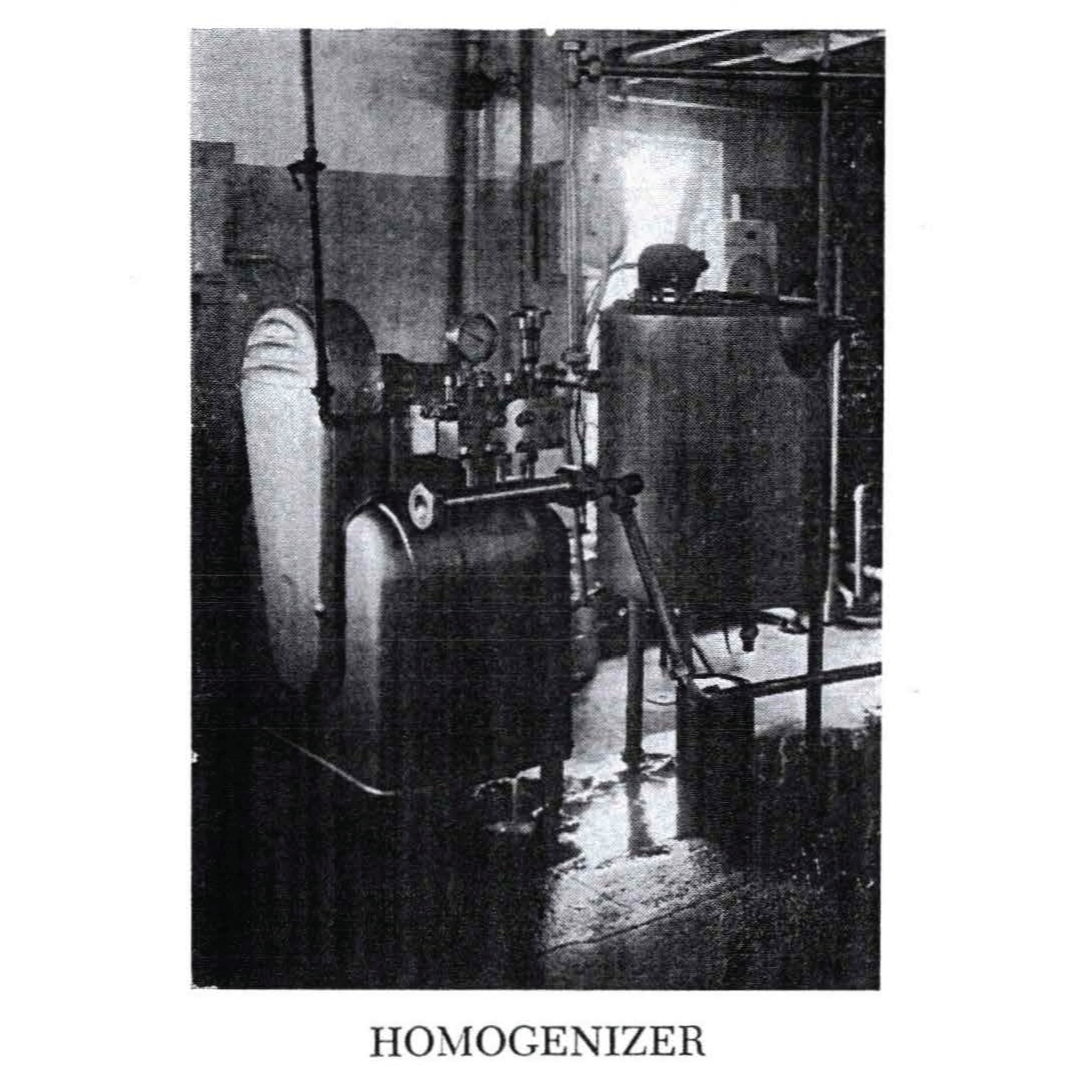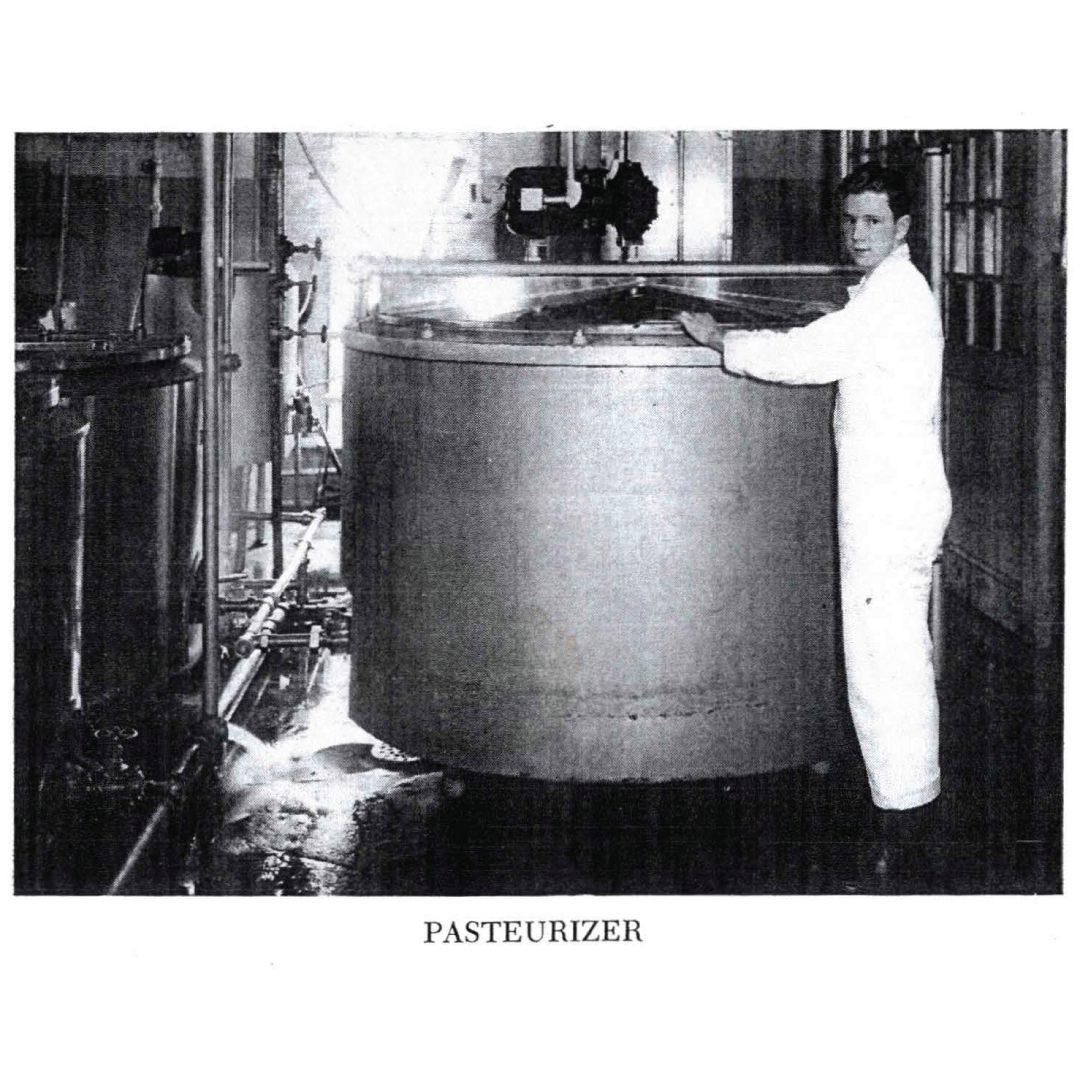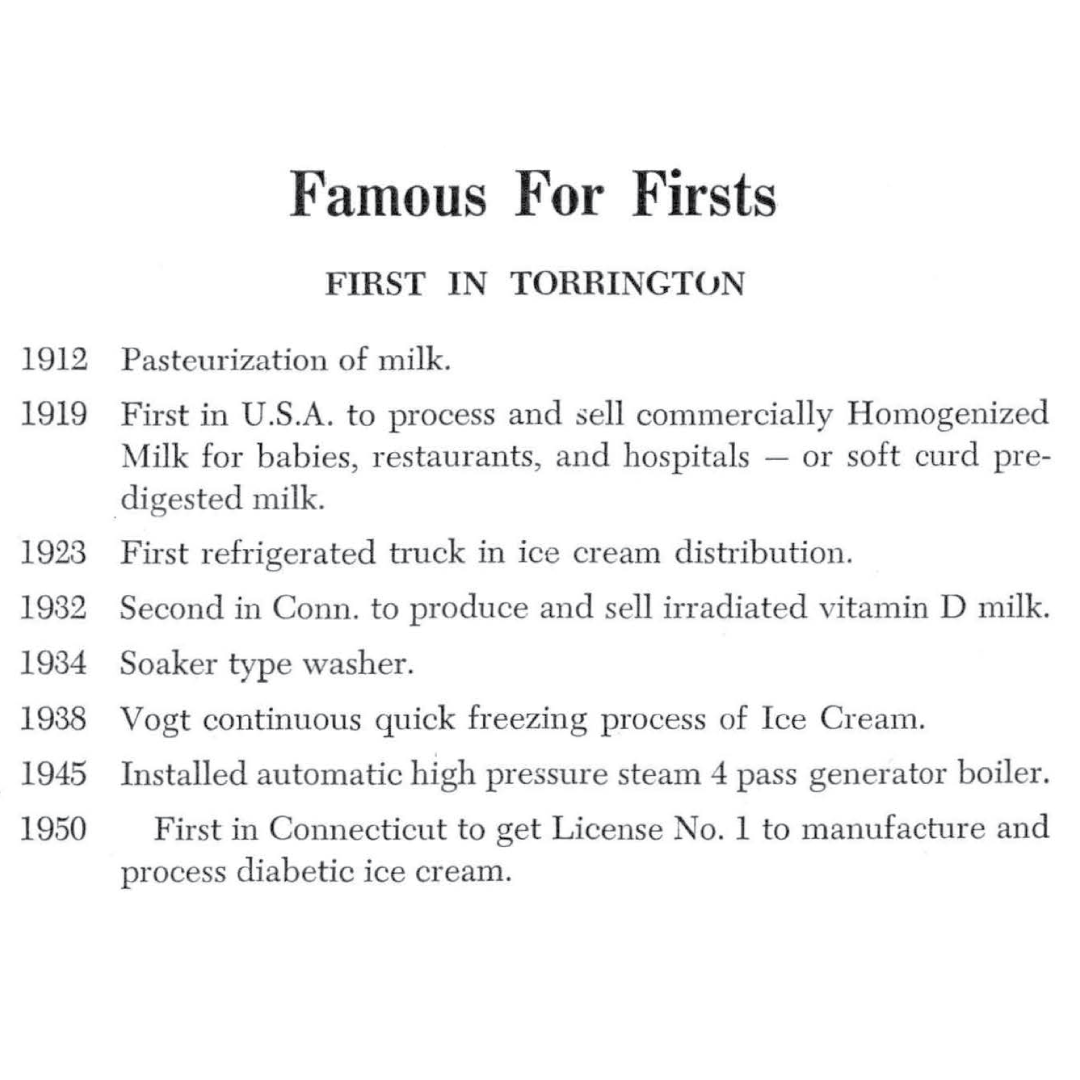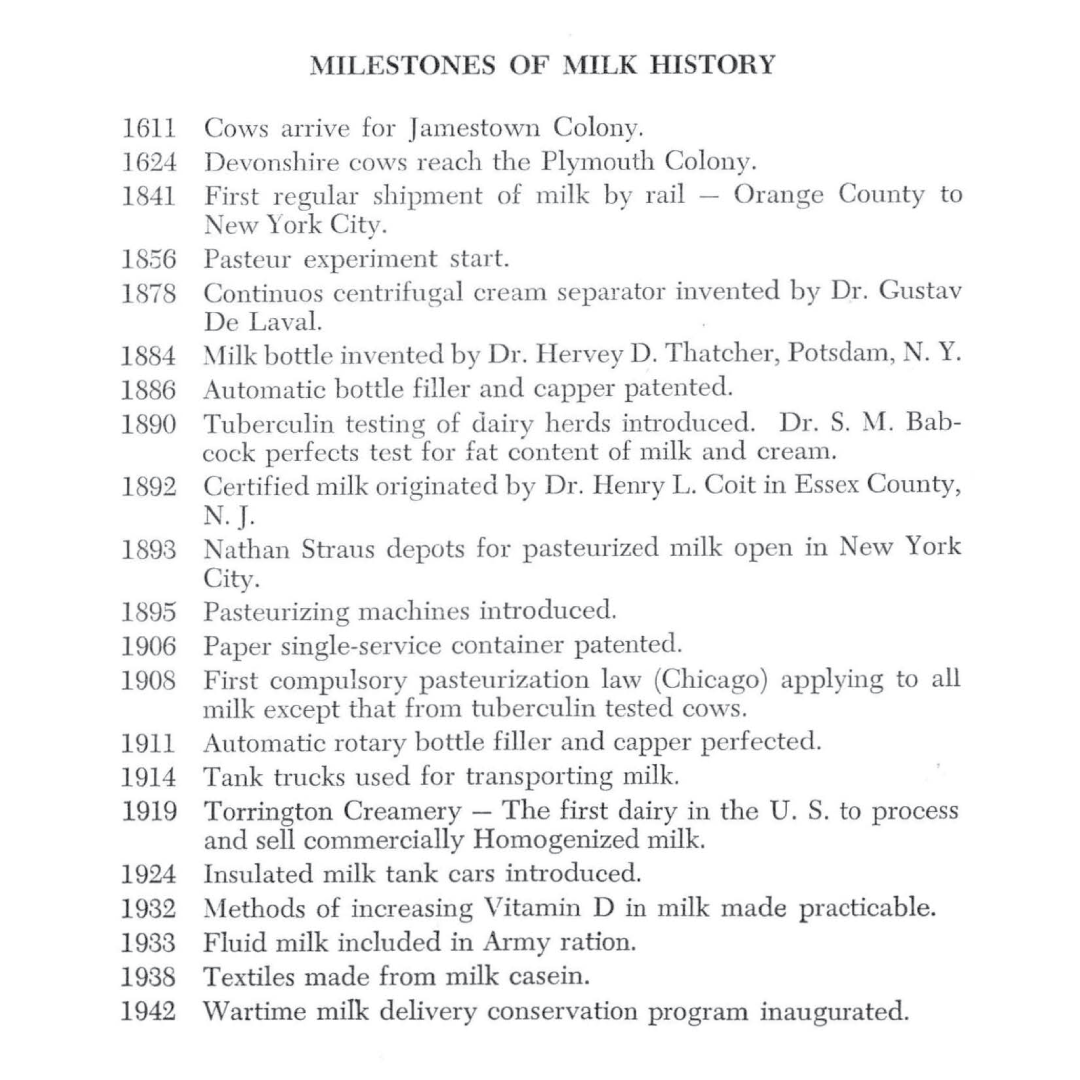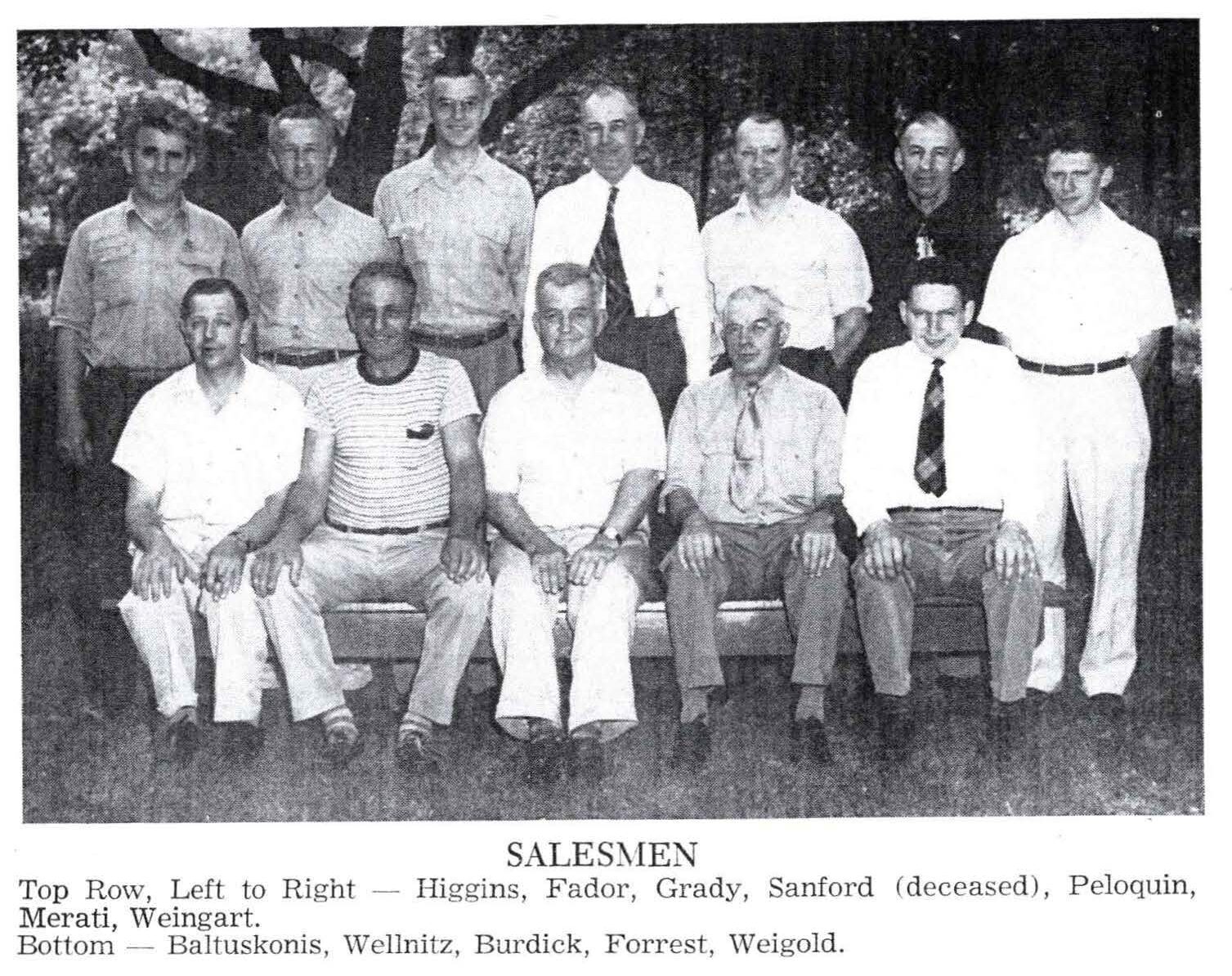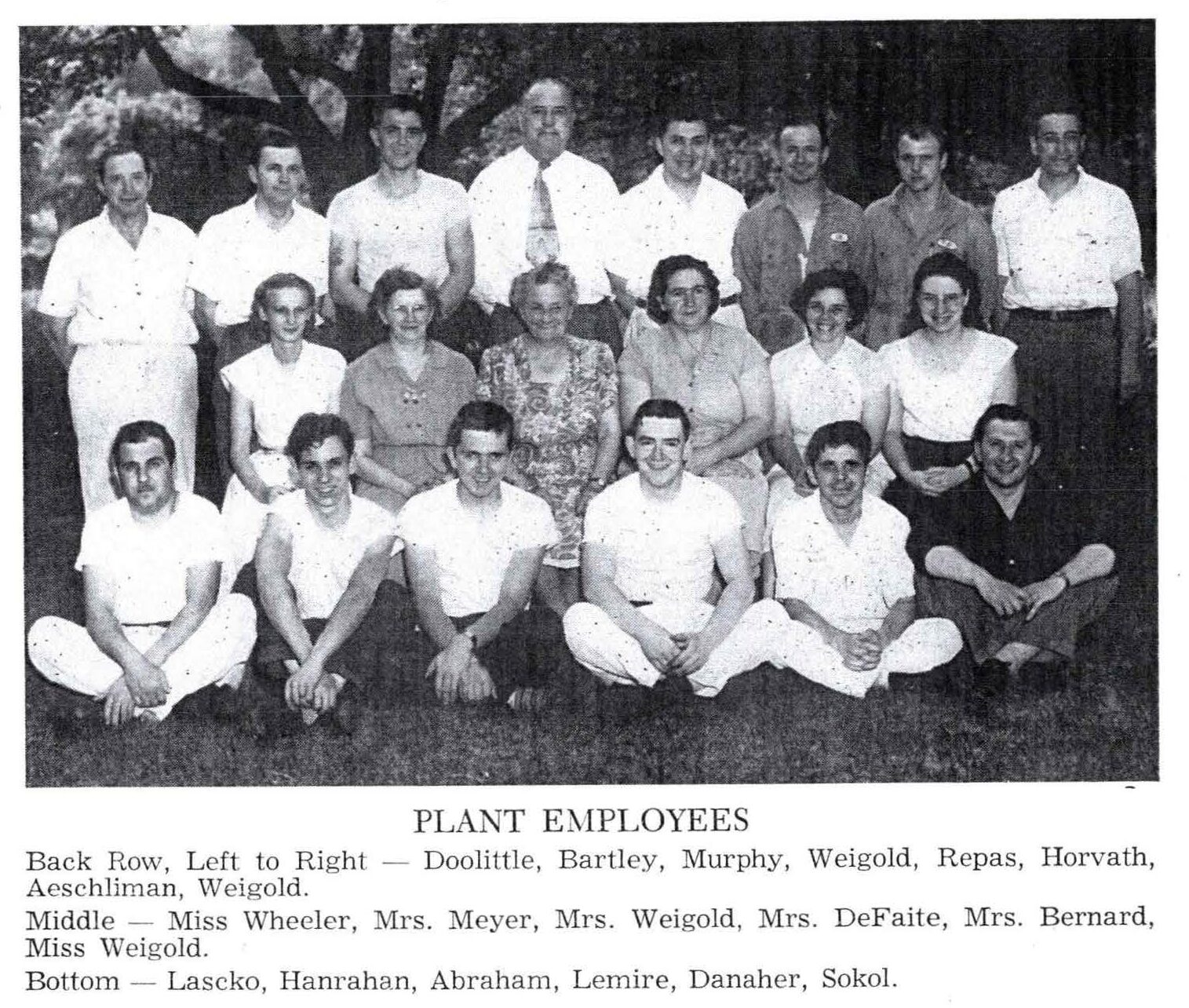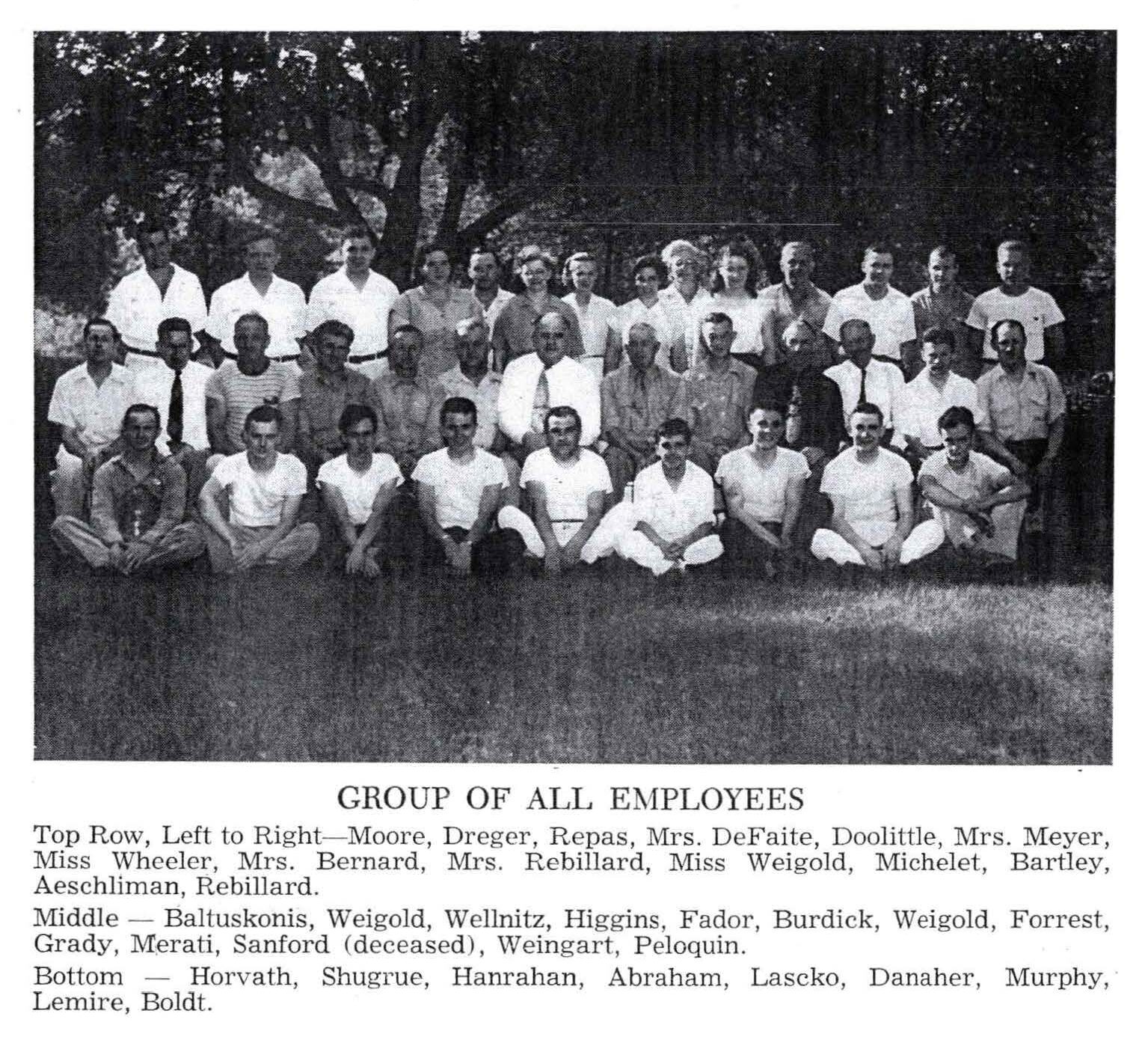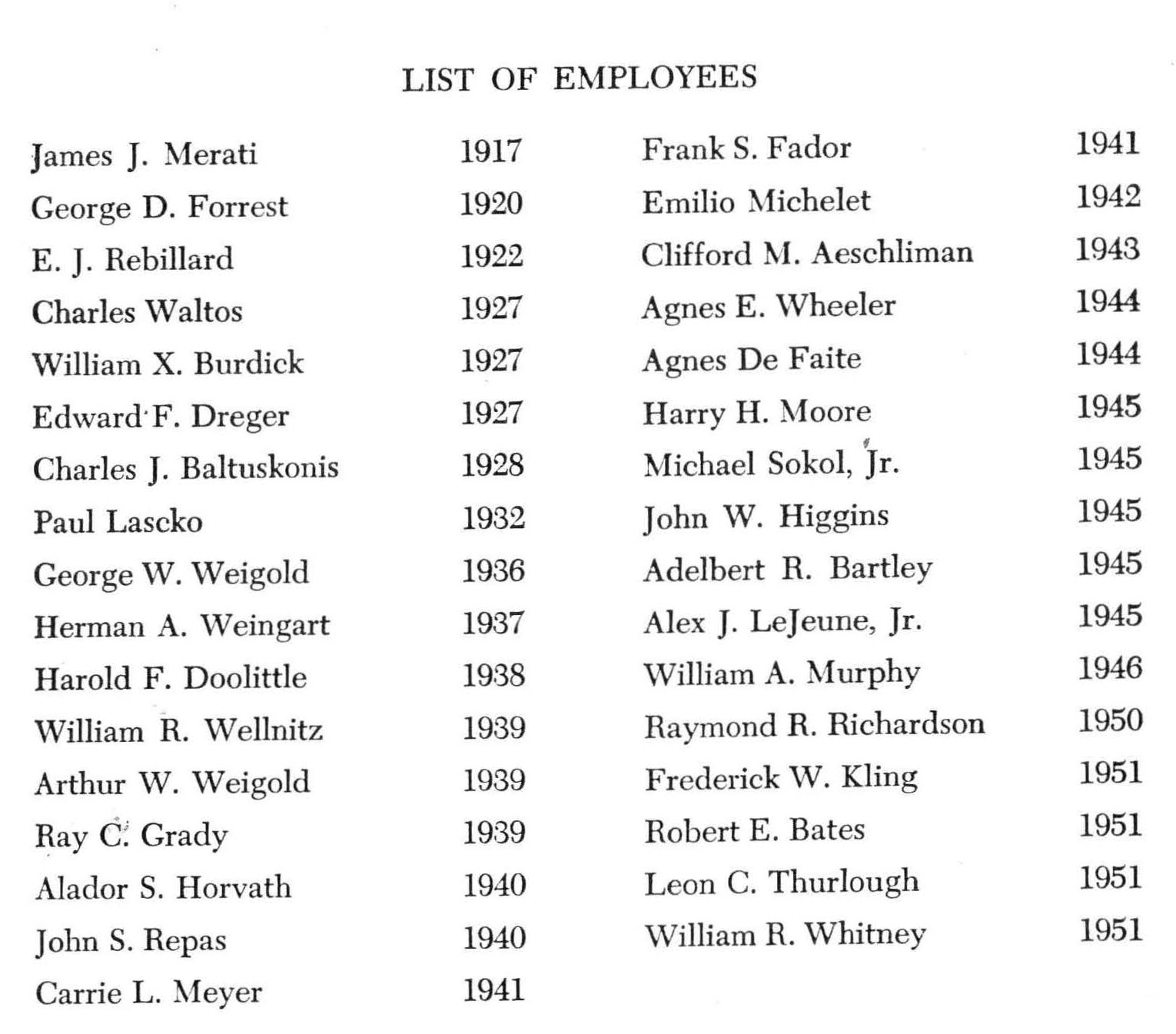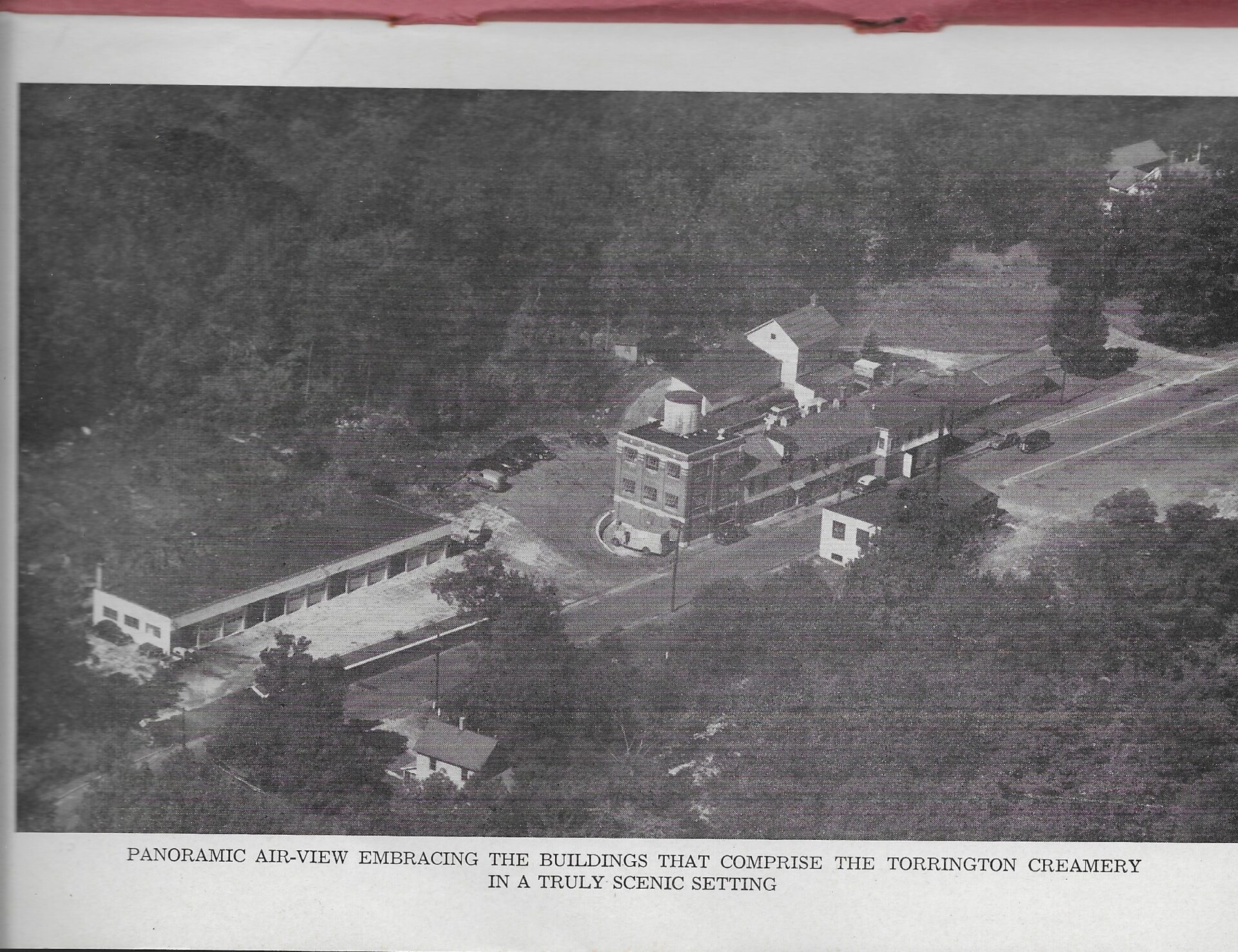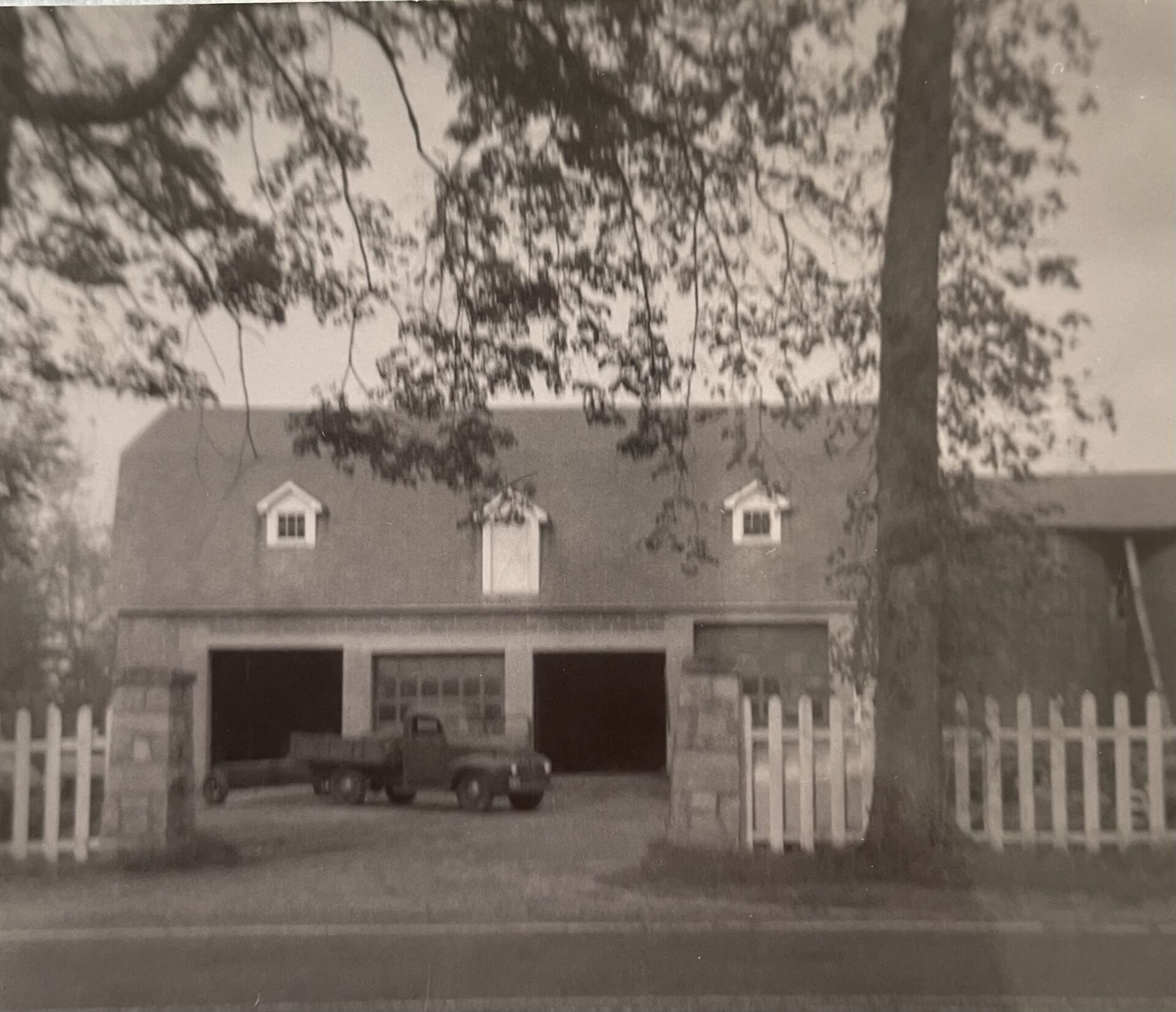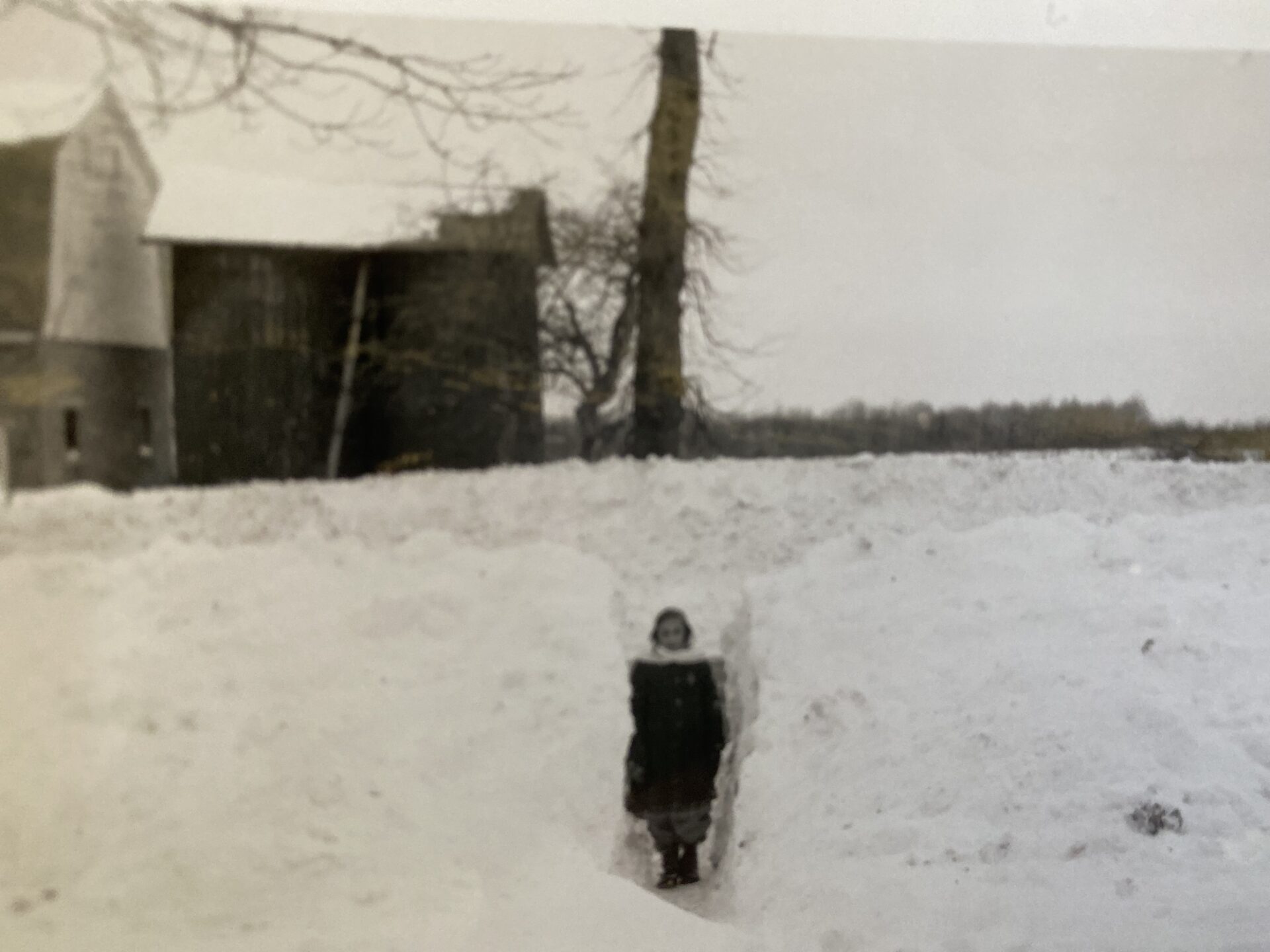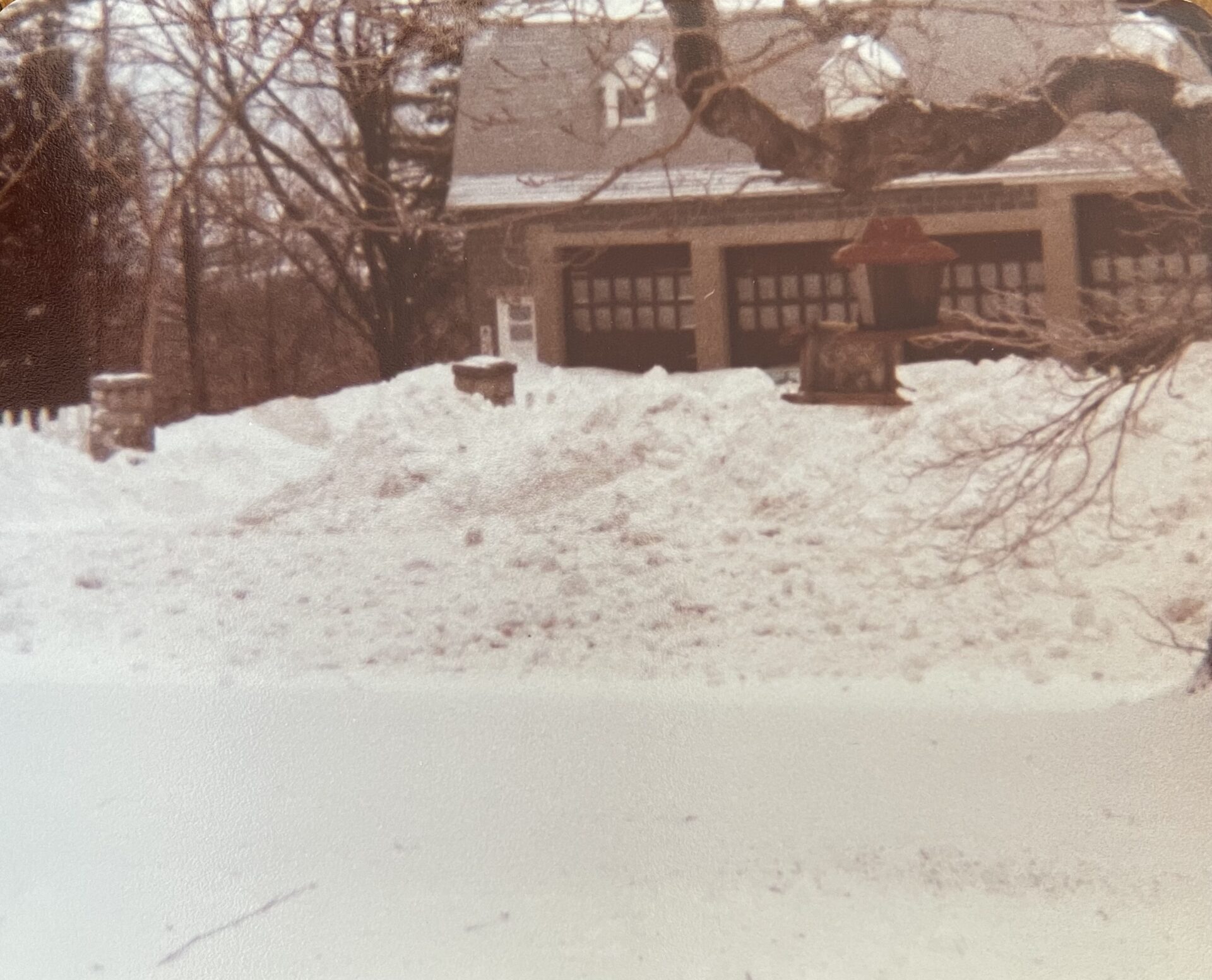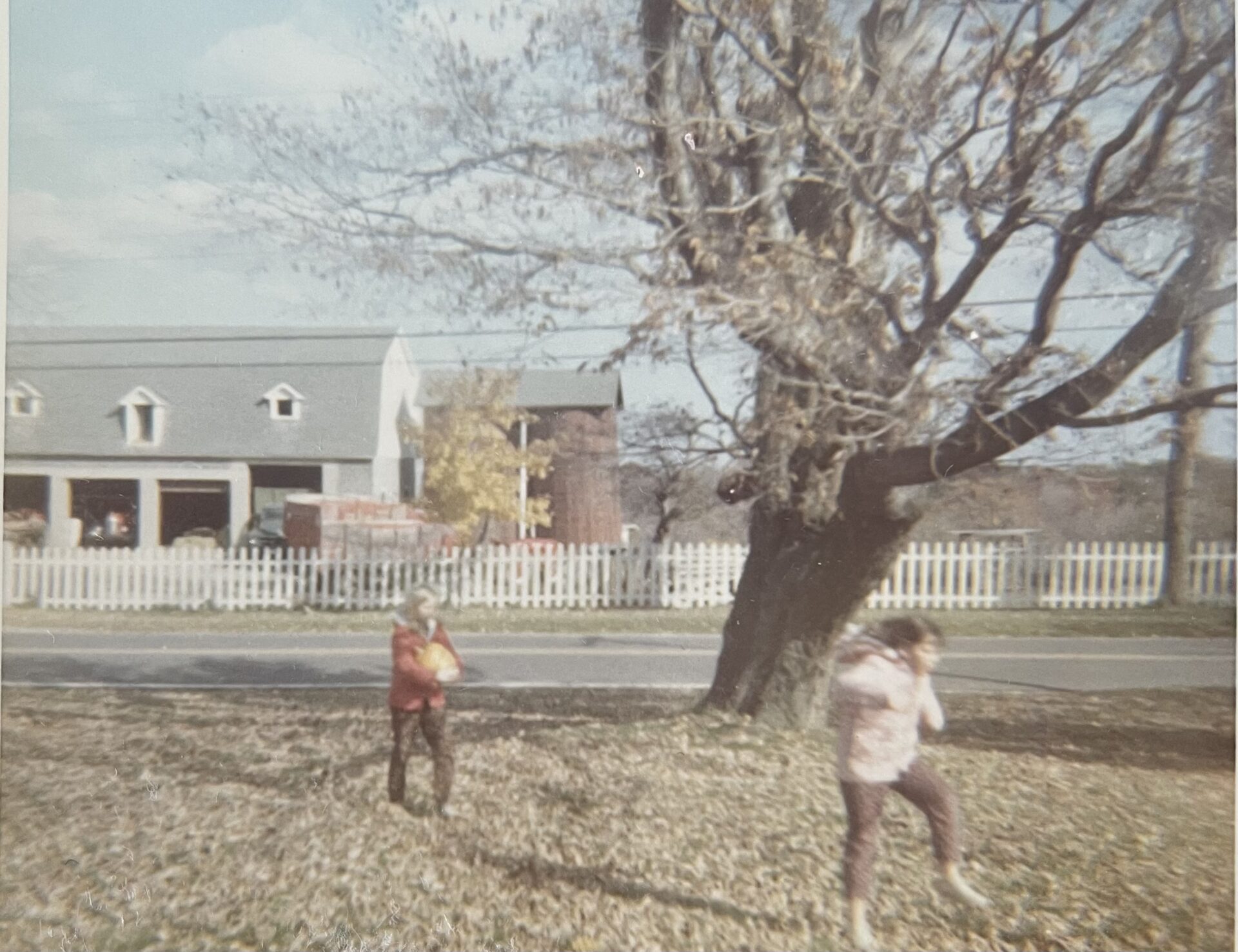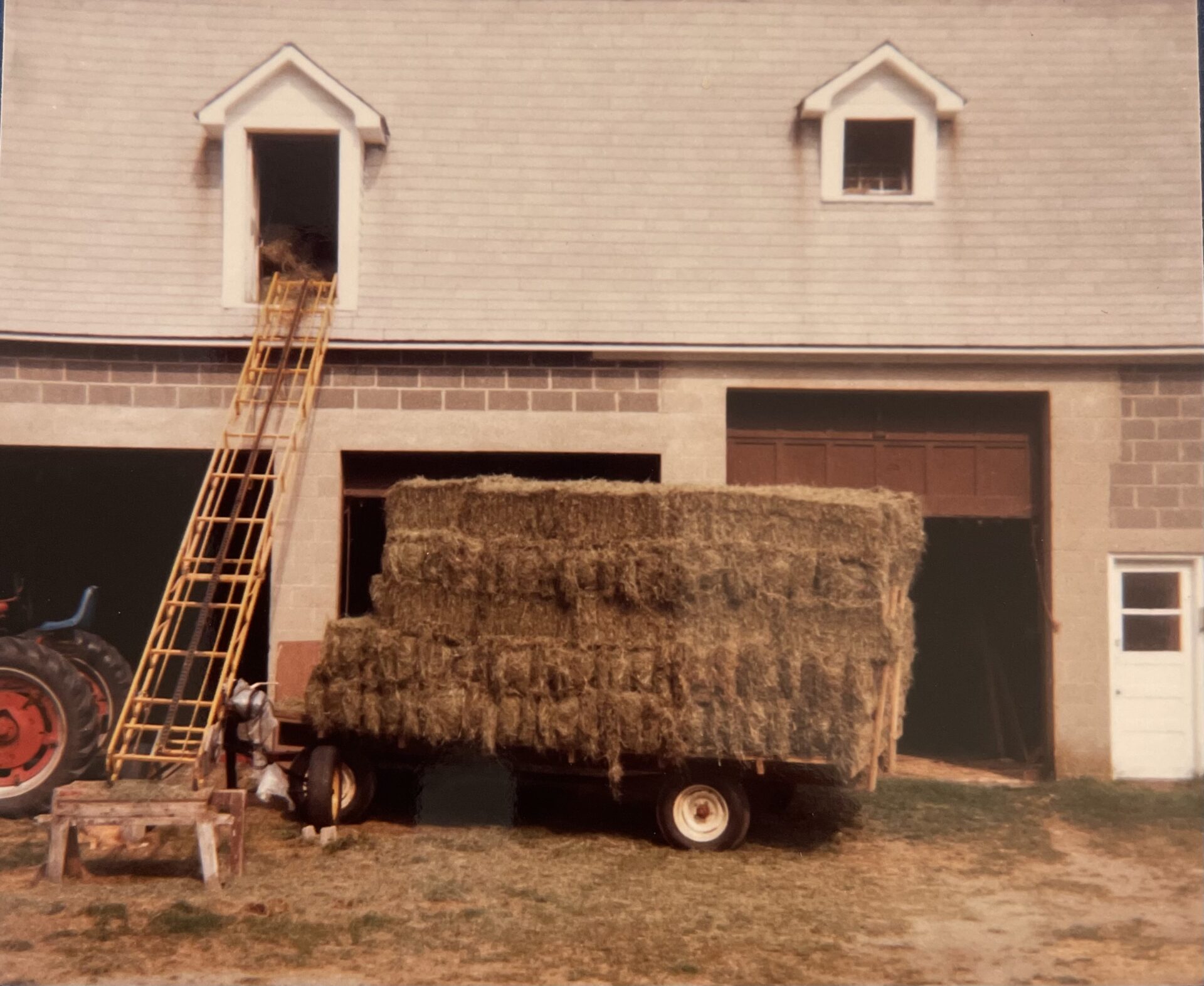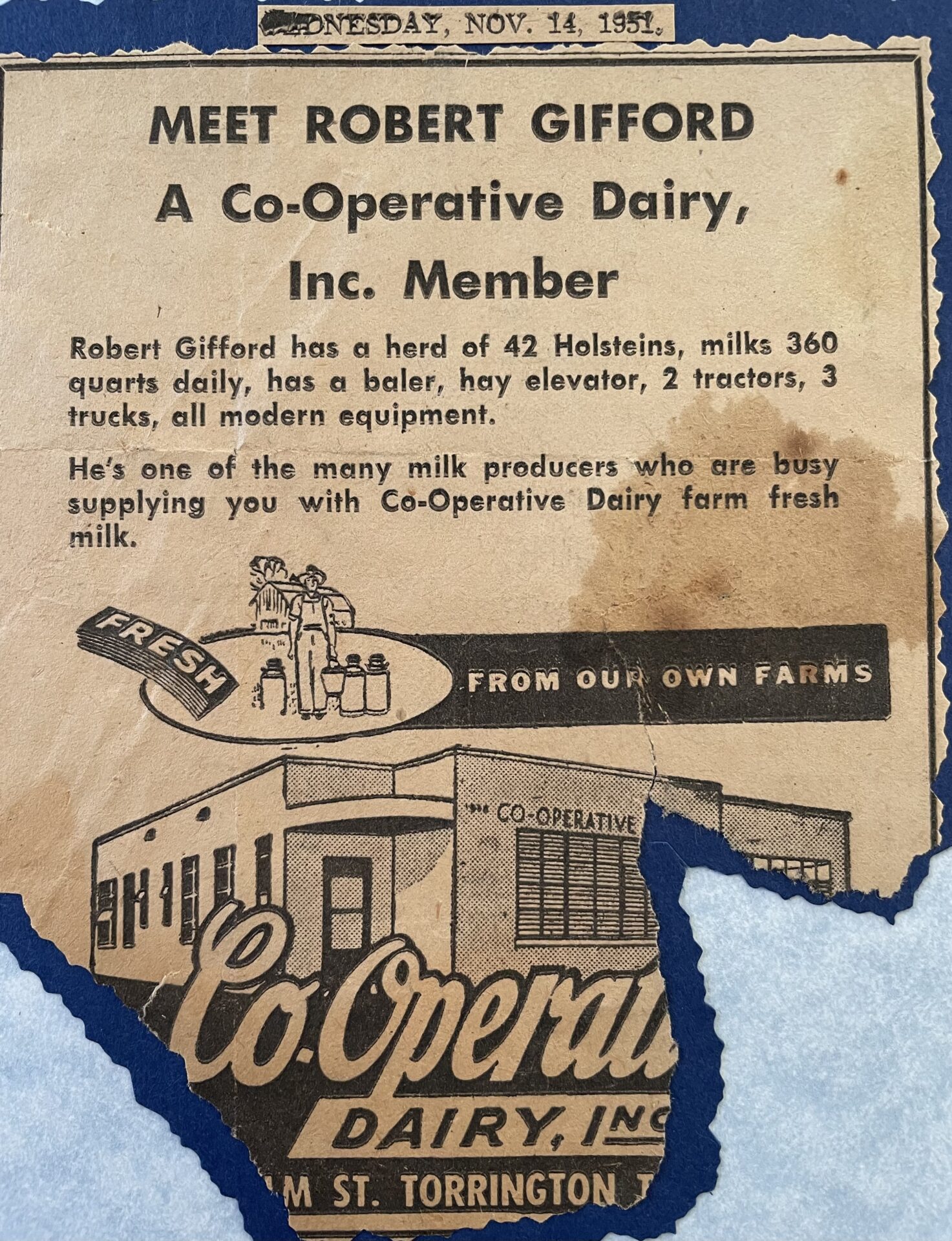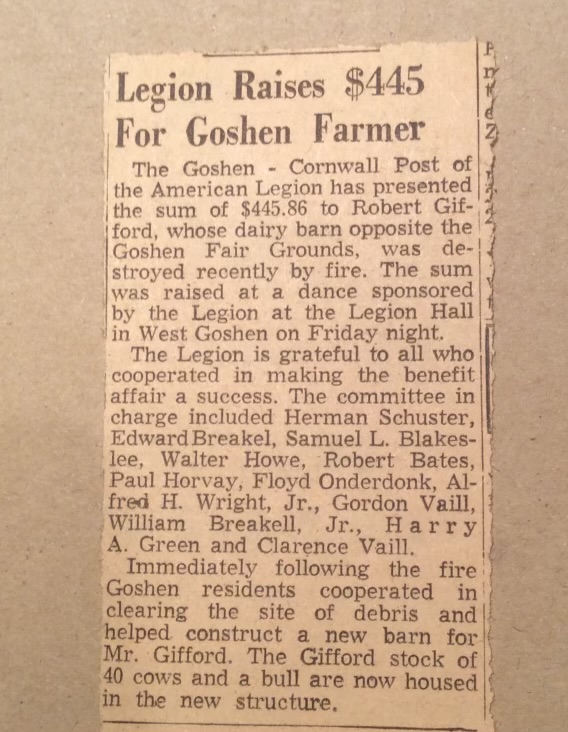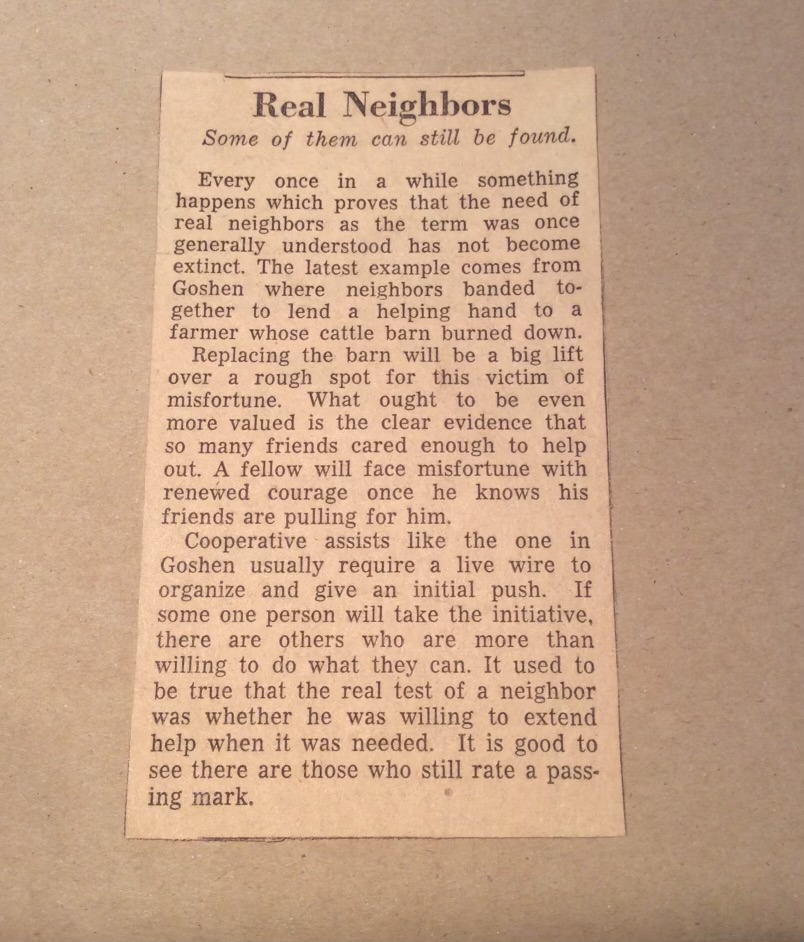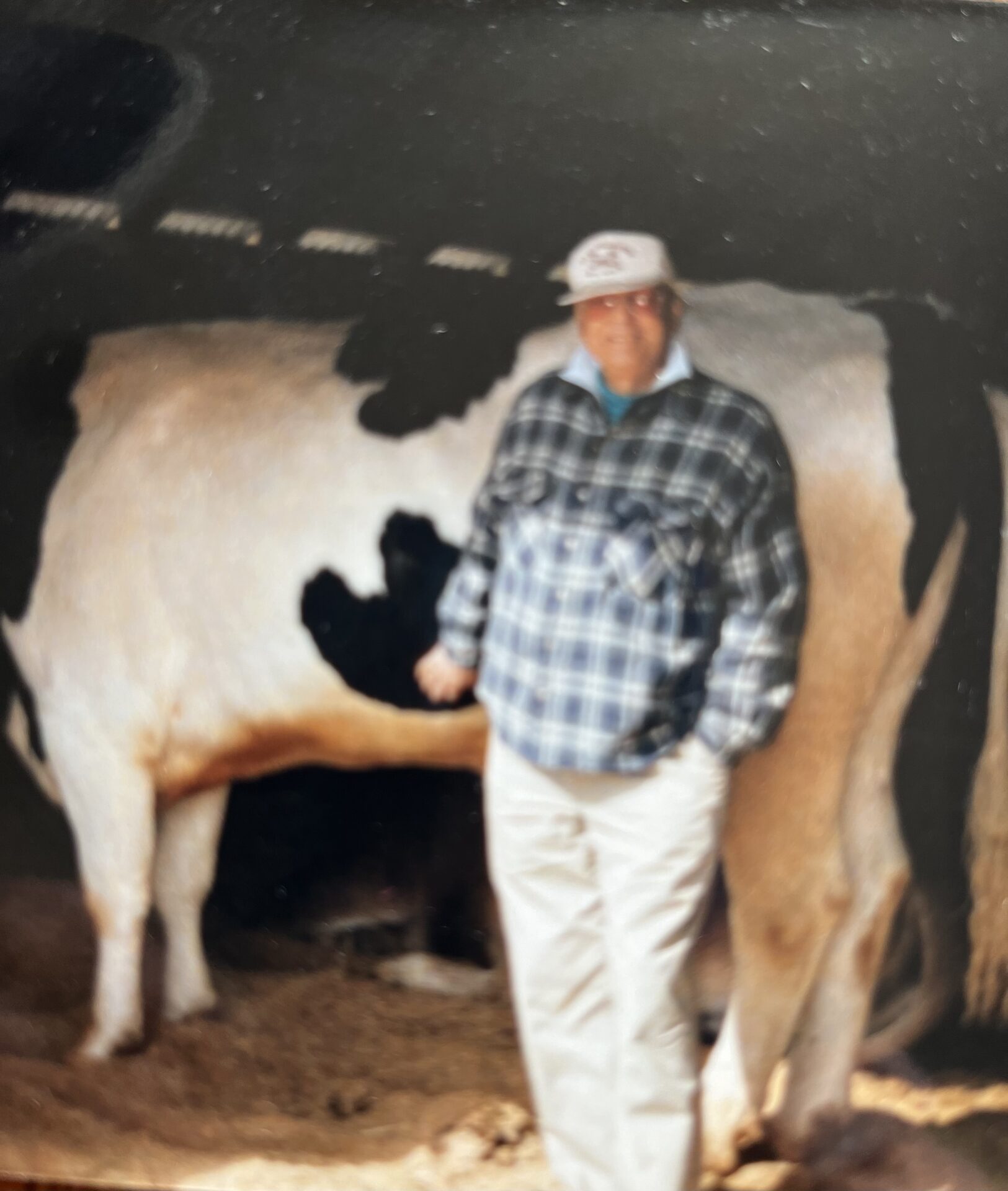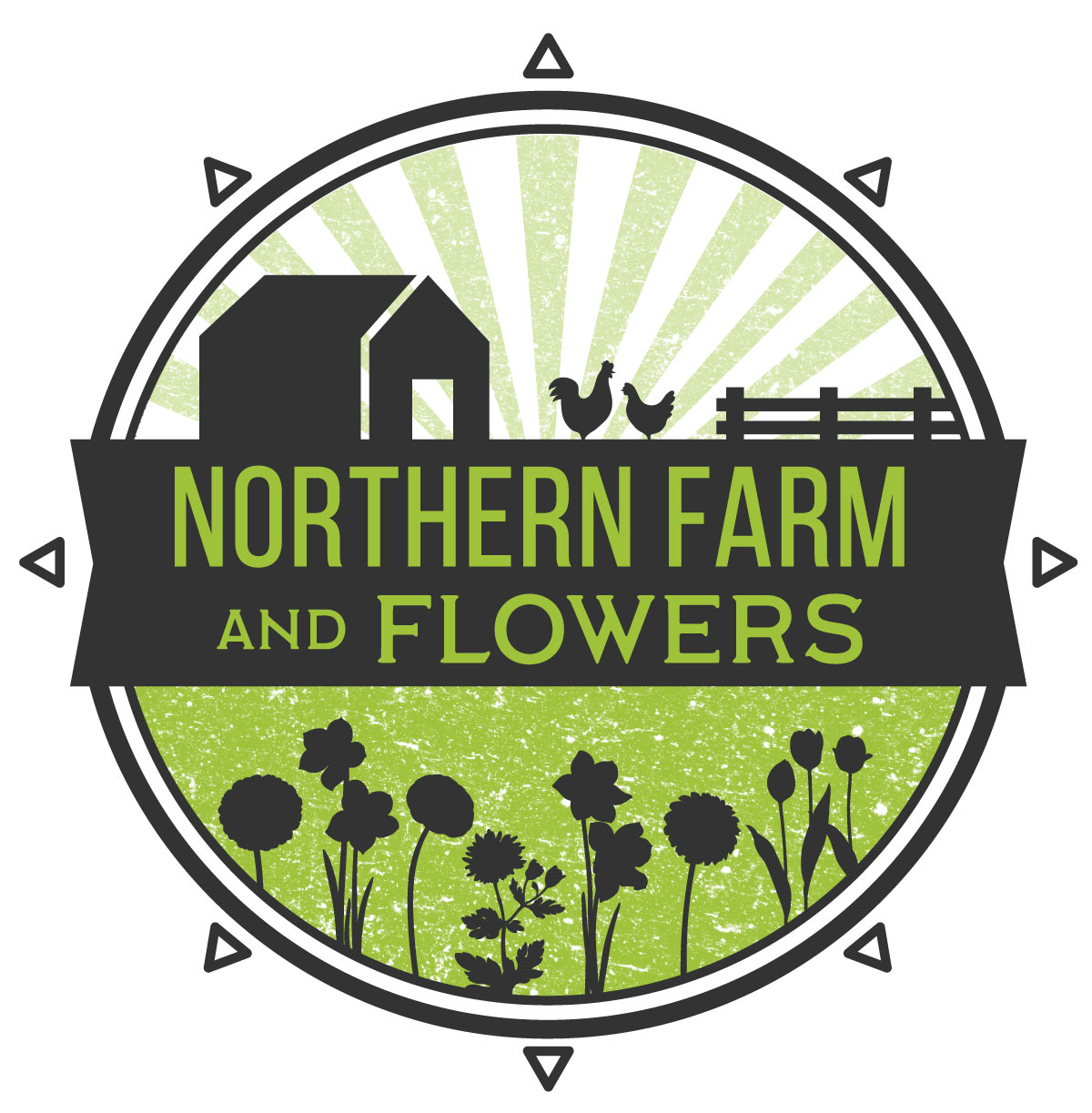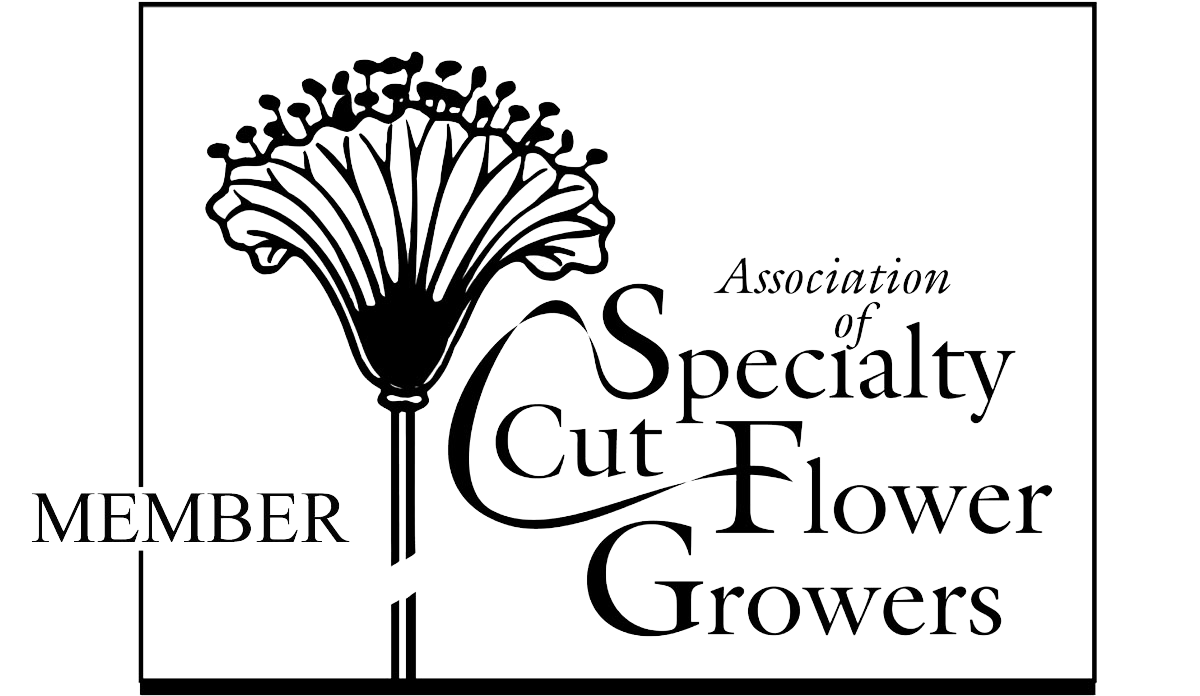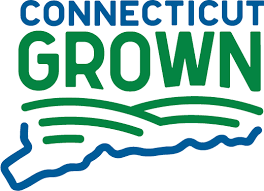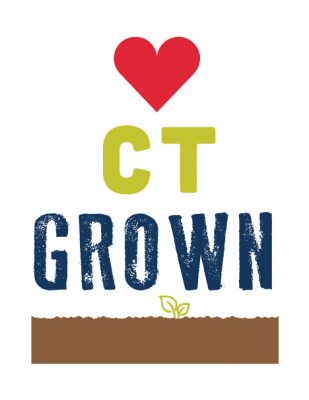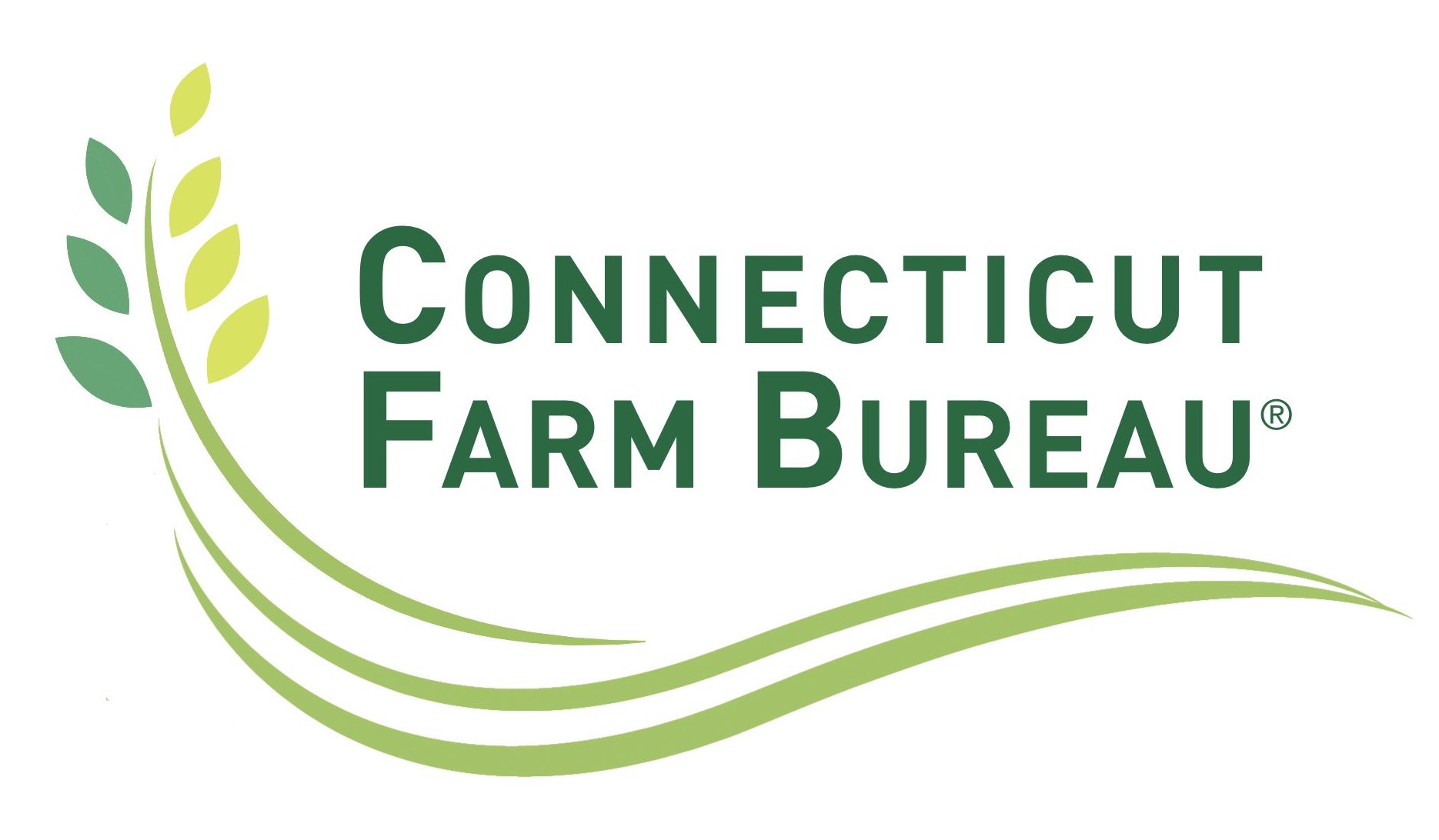Who are we, and why are we here?
It’s not an uncommon question to wonder what prompted us to start Northern Farm & Flowers. We think you’ll find the answers might align with your thoughts, but more on that later on.
Farming has been in the Weigold family for generations. First, a little bit of family ancestry: Andrew Weigold, born on March 11, 1830, in Alpirsbach, Baden-Württemberg, Germany, immigrated to the United States in 1848 and settled in Winsted, Connecticut. He married Catherine Stumpf in 1851 and together they had 5 children, the youngest being George Weigold born in 1871. George was born on the family farm in the Marshall Lake area, now the Weigold Farm on Weigold Road.
George married Kathrine Northrup in 1889, and their first born son, Arthur G. Weigold, was born in 1890. Sadly, Kathrine died from childbirth complications one week later. George remarried to Kathrine’s sister, May Northrup, in 1899. Together they had a daughter, Katherine May Weigold.
Where am I going with all of this? Well, if you are still reading, thank you! Here’s where it gets more interesting…
George had attended UCONN where he started a course in agriculture but was called back to Torrington during his father’s illness. Andrew passed in 1889. When Andrew Weigold first started operations, he shipped considerable quantities of cheese to Germany, an enterprise which brought more return than milk shipped to New York. That was in the 1880’s and early 1890’s, when milk was selling for only 1 1-2 to 2 cents a quart on the farm. Such were the conditions in 1892, when George Weigold took charge.
George continued in the milk business and partnered with other milk producers, soon selling 1500 quarts of milk daily. In 1899 George sold the business to his partners and went to Amherst Agricultural college for a course in butter-making. His heart was in the work and, being an apt student, he won first honors in his class, together with a prize of $25 in gold.
Congratulations on reading this far!
Our customers have probably noticed the Torrington Creamery memorabilia in the farm store…so when does that come into play? And did you know that Torrington had some very important “firsts” when it comes to milk production as we know it today?
Upon graduating, George turned down an offer to go out to Iowa to manage a butter plant and instead returned to Torrington. Learning that the Torrington Creamery was for sale, he purchased it from George C. Ives. That was in 1900.
The Torrington Creamery was located on Riverside Avenue in Torrington. After taking over the business, George Weigold did all the buttermaking himself, utilizing the knowledge which he gained at Amherst. On Saturdays the product was distributed to private families by Arthur G. Weigold, George’s son. Rivalry was keen in those days, with over 40 retail butter distributors in the area.
A natural outgrowth of the milk and cream business was the making of ice cream. This business started in 1906 with an old style 20-quart hand freezer. Bricks were made and then hardened by submerging them in a tank and covering them with salt and ice. Modern advancements were made in the ice cream industry, and in 1951 over 160,000 gallons of ice cream, sold under the trade mark of Venetian Quality, was manufactured annually at the plant, and shipped to every corner of Litchfield County.
In 1916 George turned operations of the Creamery over to Arthur G. Weigold, who married Heppie M. Miles of Goshen in 1912. It is noted that Heppie was of incalculable assistance to him in his work.
The Torrington Creamery pioneered in many things. It was one of the first creameries in the state to put a refrigeration truck on the road – built, incidentally, by John Baeder, who had a carriage-making plant on East Main Street. Among the creamery’s ”firsts” in Torrington were: first to sell tuberculin-tested milk, first to pasteurize milk and cream, first to homogenize milk – not only in Torrington, but in the United States – first to use continuous quick freezing low temperature freezer and sub-zero temperature cooler; first to use soaker type washer and first to irradiate milk for fortification of vitamin D milk.
As the story goes, the homogenization of milk was somewhat of an accident – a pinhole leak in a pipe carrying milk was discovered one morning in the plant, and the product found on the floor of the creamery had not separated. Upon identifying how the process worked they learned that a high-pressure procedure would break down the milkfat for a more uniform milk. Gradually those days of milk with the “cream on top” would come to an end. You’ll find a list of more firsts in the images below.
In 1963, the Creamery was sold to A. C. Petersen Farms of West Hartford.
It’s an incredible history and one that we are extremely proud of.
George Weigold and workers at Torrington Creamery c. 1904
L to R: Bertha Hunt, Katharine M. Weigold, May C. Weigold, Julius Seymour, Arthur Hunt, Elton Lyman, Frank Estey, George Labounty, George Weigold.
“Ice Cream Tubs – Packing three time a day to keep it in tubs. Salt and Ice – a real hard job.”
Read more about the Torrington Creamery’s history in the 50th Anniversary Booklet.
The Weigold descendants, Dick “Wiggy” Weigold and his wife, Donna, eventually moved into a different business aspect, furniture and floor covering. In 1997, Richard Weigold, great great grandson of George Weigold, started Weigold Floor Covering and later on a home improvement company.
But during the pandemic it became clear that a change was on the horizon. What struck our family the most, as it certainly did to many, was the disruption of the food supply chain. Well known brands of popular, everyday items were not to be found in the grocery aisles, including meat and chicken. It was usually a mystery as to what you would find each time at the grocery store. Thankfully, supply chain issues improved, but it still remains unsettling.
And finally, the question of why are we here is answered. Throughout many years our family has been growing fruits and vegetables and raising egg layers and meat birds. And it’s most satisfying to sit and enjoy a meal and know where it came from, and to know what role you played. So in December of 2021, 59 Old Middle Street was purchased – it was a “Honey, I bought a farm!” moment. From the beginning the focus was on “local” – offering locally sourced foods, and raising our own protein sources. We might be a bit biased, but we think our eggs are pretty delicious, along with the pasture-raised chicken and turkey we offered this year. As for the flowers, well, who doesn’t want to be surrounded by gorgeous colorful blooms if given the opportunity? Feeding body and soul: A farm and flower fusion!
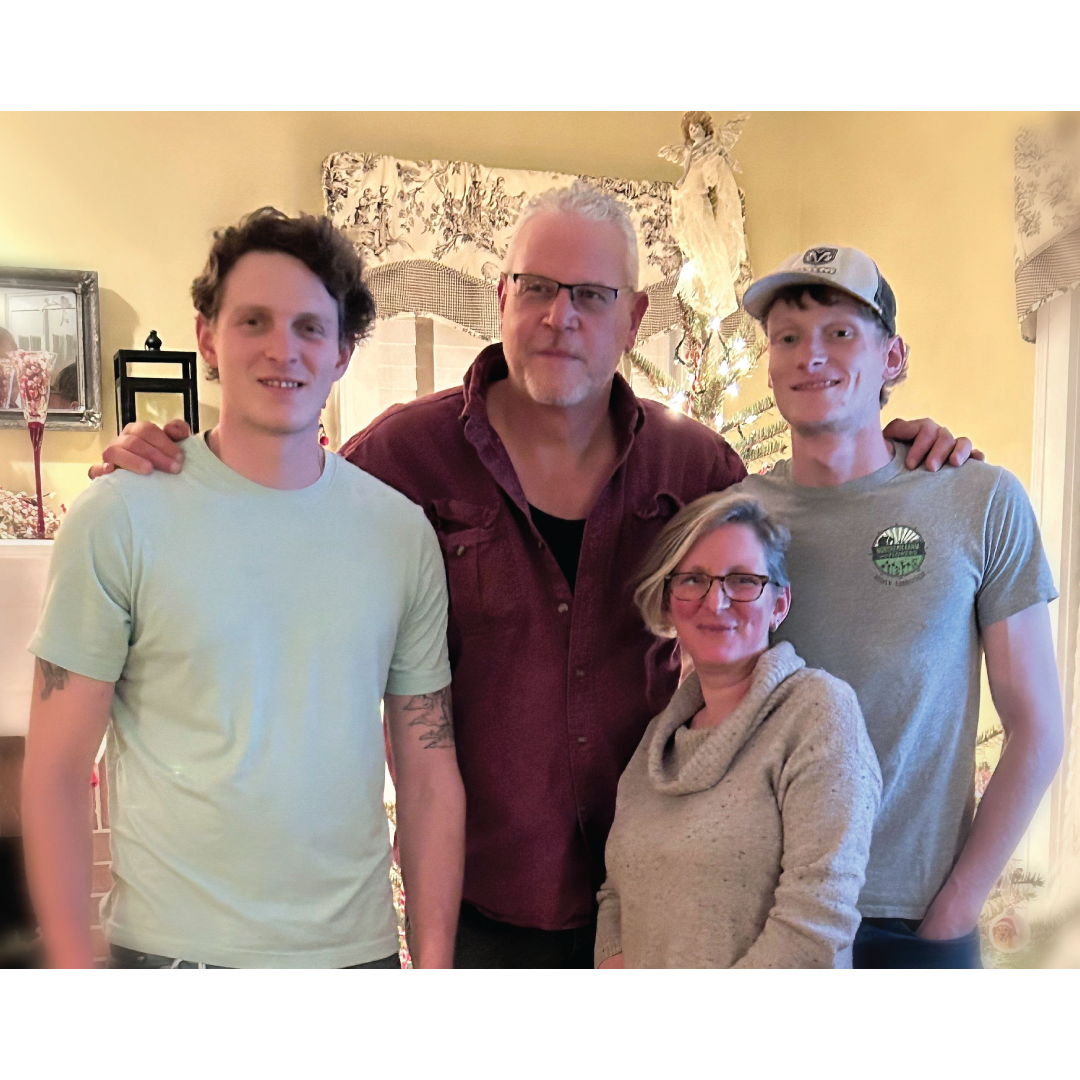
Mason, Richard, Cara, and Alden Weigold
Special thanks to Alden for his daily management of our poultry, livestock and incubation, all are invaluable tasks.
Special thanks to Mason for his diligent work on the family history through Ancestry.com for the last 10 years. Mason continues his passion for building and carpentry with his own business – Weigold Woodworking and Carpentry.
